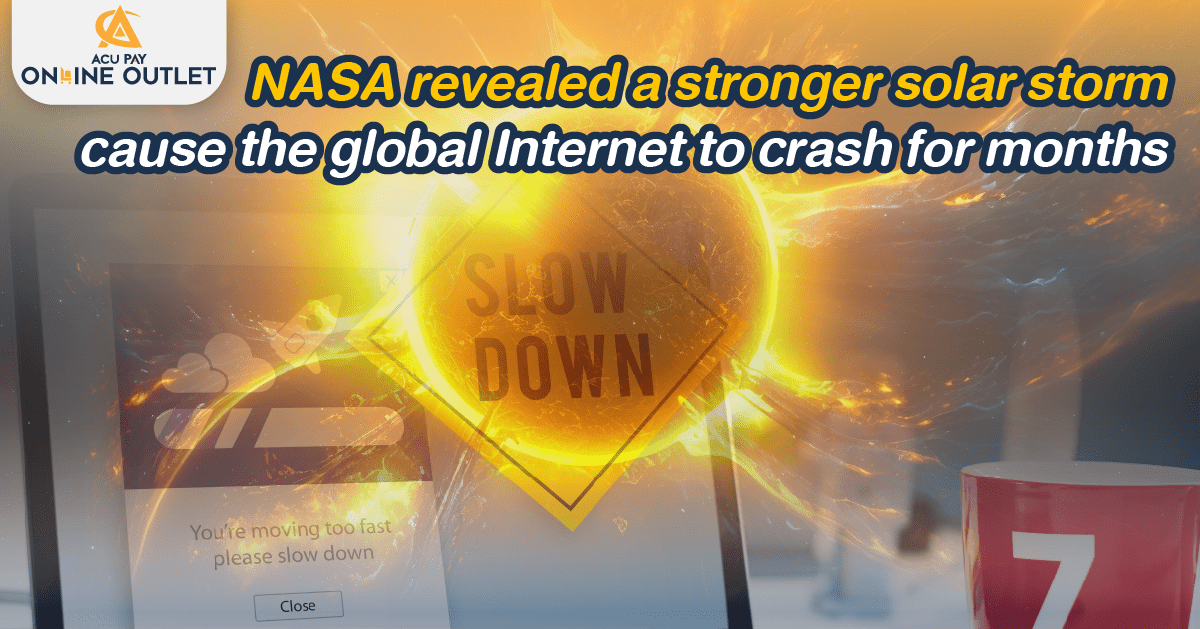

The solar storm is not a scientific term, but the word people named it themselves. It is caused by the scattering of charged particles such as solar wind, and solar flare, and mass from corona or CME (coronal mass ejection) are severely released from the sun until problems arise with satellite systems that orbit around the Earth.
As the sun reaches Earth in eight minutes, the solar wind takes four days and affects the Earth’s atmosphere, as if there is a “storm” from the sun hitting our planet.
These electrical charges disrupt communication systems, paralyzing telecommunications such as broken satellites, causing aircraft to be unable to communicate with the control tower, including GPS, telephone, and Internet access.
Normally, “solar wind” has a constant stream of cosmic rays coming out of the sun. There will be an increasing circle until it reaches its maximum value every 11 years, which will be completed in 2025. The world is at increased risk of being affected as well. “Geometric storm” may occur, which causes interference to block satellite signals, communication systems, and electrical transmission lines which leads to fear in some people that this will be a technological collapse.
The probability of solar storms damaging the Internet like that is still very low. According to a study in 2021 by Sangeetha Abdu Jyothi, a computer science expert at the University of California, Irvine, USA, concluded that in the next 10 years, there is only a 1.6% – 12% chance that the Internet will be disrupted for a long time. HOwever, if that happens, the study estimated that there will be a negative impact on the U.S. economy, which poses a higher risk that the Internet will collapse more than Asia, of USD 7 billion per day.
However, NASA is trying to develop new technologies to detect them in advance. For example, it has launched a Parker Solar Probe rocket, which has contributed significantly to preventing a catastrophic Internet disaster. The Parker Solar Probe also collects solar wind data, which is an important step towards solving the physics of the sun.
In addition, NASA has made a combined model of AI, artificial intelligence, and satellite data that can raise alarms about bad space conditions, similar to a storm warning siren. It will predict where the solar storm will hit Earth at a 30-minute early warning time, enough to prepare and prevent possible damage to power lines and other critical infrastructure.